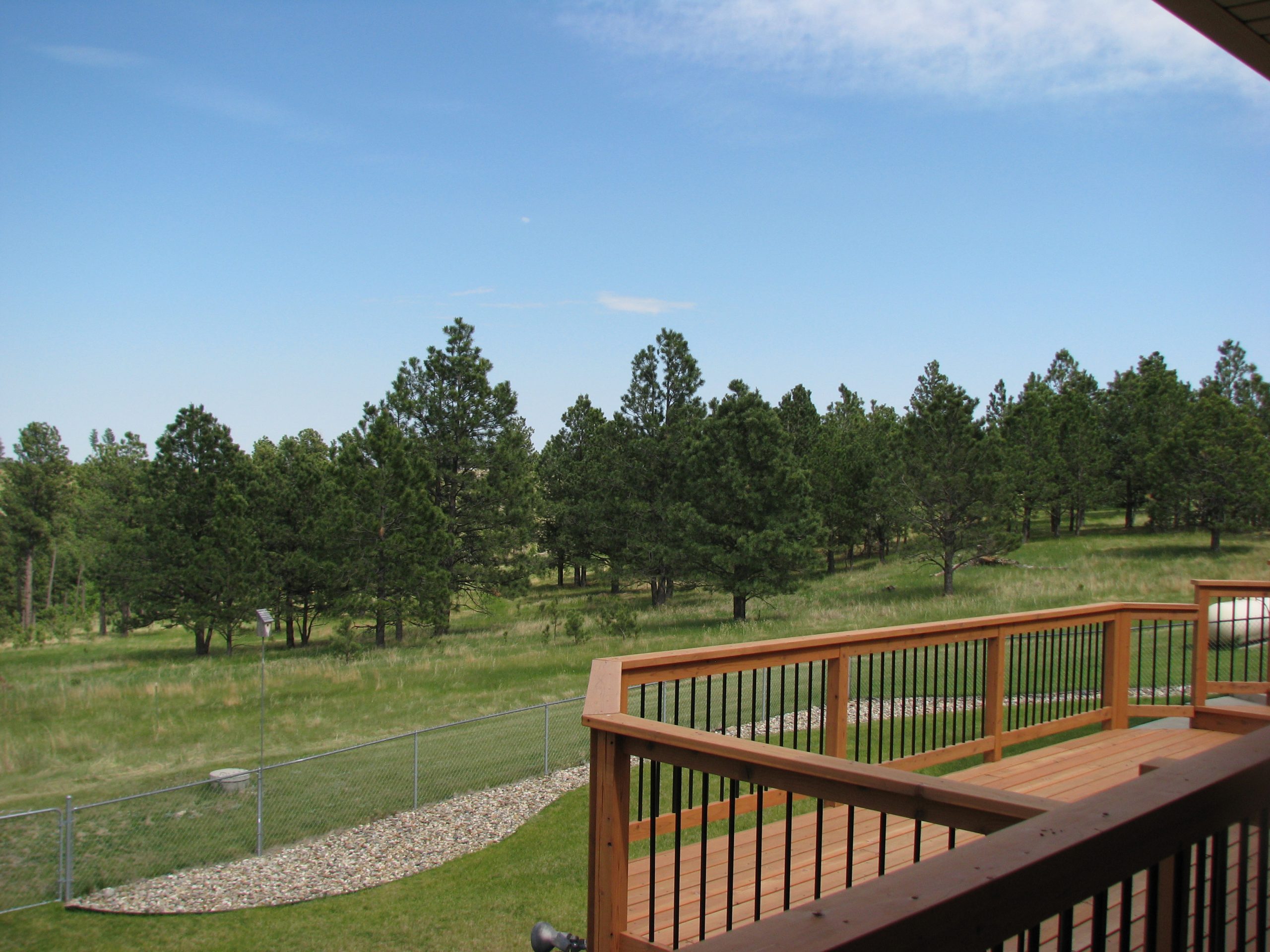When buying a home, you’ve probably heard the phrase a million times, “Location, location, location.” What does it really mean? Why is it so important?
One of the most interesting things about real estate is that no two properties are exactly alike. You may be thinking that you’ve seen developments with many homes that are built with the exact same floor plans and the exact same material.
It’s true that some properties may be incredibly similar, but they cannot have the same location. They may be adjacent to each other but each property has its own unique location. Barring the incredible expense of picking up a house and moving it to a different location (or a natural disaster), the location of a home will not change.
Buying a home in a location that has unique benefits can lead to better resale value. Properties that are adjacent to National Forest Service land or homes that are located next to a park provide a unique benefit for any potential buyer. Being able to walk out your back door and go for a walk through a park is a unique feature that people won’t get tired of. Some of those benefits are great for resale value.
Additionally, properties with scenic views will always be in demand—unless the view changes.
There may be vacant property located next to a home, but if that property can be built upon, that can change the marketability of your home. A good Realtor® should research the adjacent property and check the zoning so there are no surprises in the future.
Homes that are located close to downtown can also be very desirable for different reasons. The ability to walk or bike to shopping and events can be a major benefit to any homeowner or a potential buyer.
By the same token, a home that is located adjacent to an industrial park or on a very busy road may have different challenges for their specific location. Some buyers will not look at those types of locations as desirable when compared to a property adjacent to a park—though it will still appeal to some buyers. That’s also why it’s important to use a Realtor® when selling your home as he or she will have a better idea of what will appeal to a potential buyer.
Sometimes it’s turning the weakness into a strength—such as “walking distance to one of the largest employers” or “convenient for shopping.” Many potential home owners are looking for the ability to walk to places from their home. Many people enjoy being close to downtown shops. The ability to walk to restaurants and shopping can be very appealing.
When looking at a home, think about its location. Is it in a spot that will be desirable in the future—particularly as the surrounding areas develop? Is it protected from surrounding development? Will it appeal to most potential buyers?
Sometimes there can be areas that will be a planned development area with a mix of homes, apartments, parks, and shopping. Knowing what the long-term plan for a development can be helpful. If there is a good plan with plenty of forethought, a home’s value may increase significantly over time. Sometimes a developer will have a long-term plan for the area that you can view if requested.
There are many aspects of location to consider. A good real estate professional can help you discern the strengths and weaknesses of any location.
When you see “Location, location, location” realize that it is the most important aspect of real estate. If you’re looking for a home in a specific location, contact me and I can help you find it.

 Facebook
Facebook
 X
X
 Pinterest
Pinterest
 Copy Link
Copy Link
